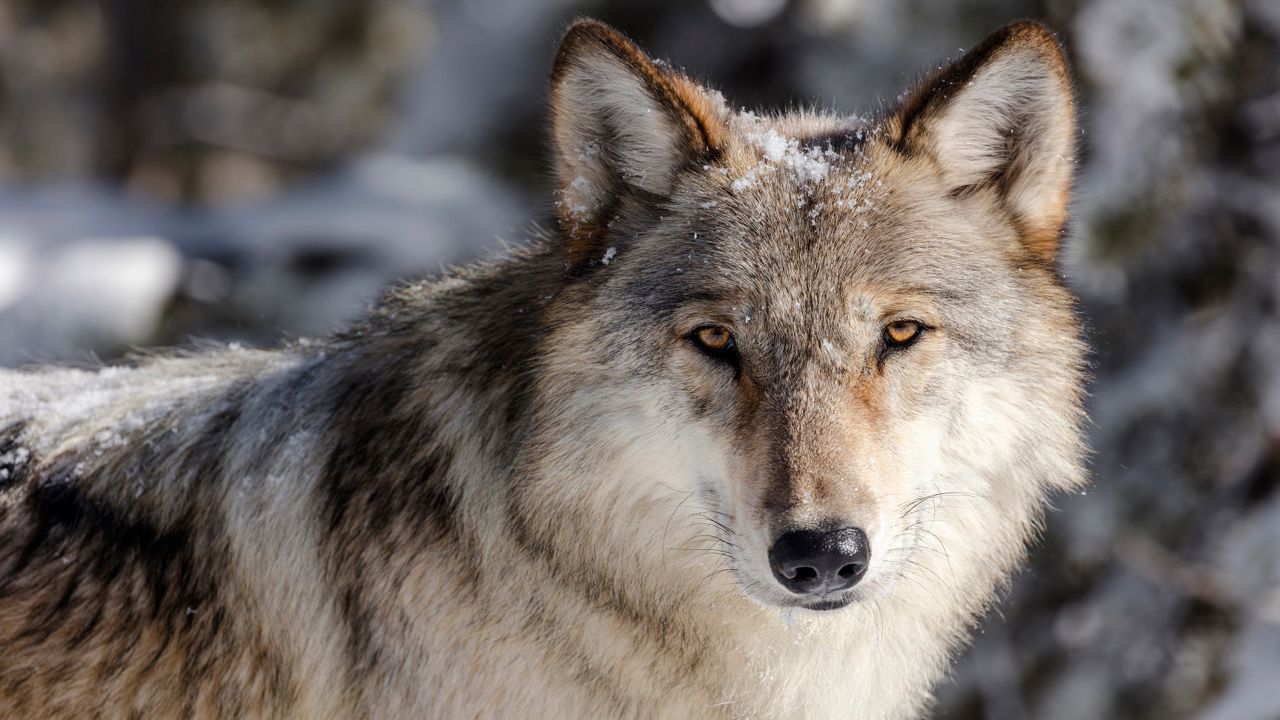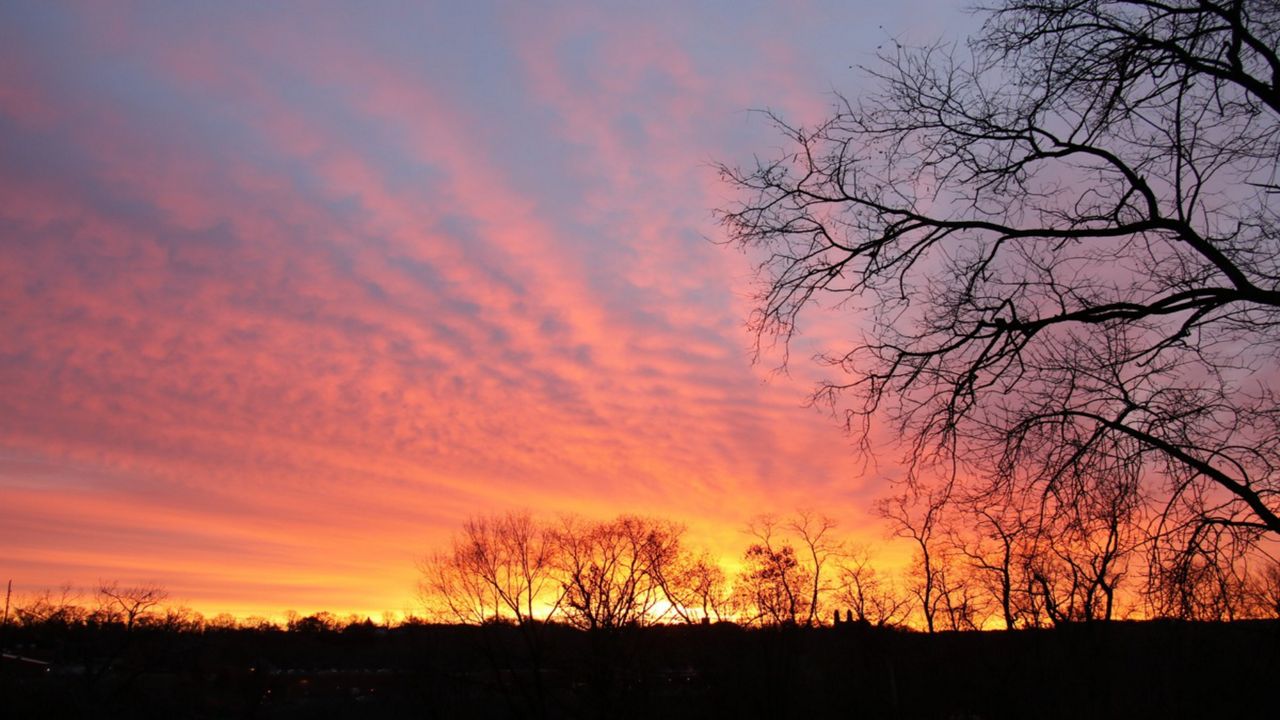MADISON, WI (SPECTRUM NEWS) -- Bumble bee populations are in danger across the world, and Wisconsin is no exception.
The Rusty Patch Bumble Bee is the only one native to the state on the endangered species list. While it used to be common throughout the Midwest, not its region is limited.
“Its range has very much contracted, but we still need to know a lot about where is it,” said Susan Carpenter, a senior outreach specialist with the University of Wisconsin.
Carpenter said there are 20 species of bees in Wisconsin. While the Rusty Patch is the only one currently on the endangered species list, one is being considered to be added to the list right now and others are seeing diminished populations.
Carpenter said bees like the Rusty Patch are thought to be endangered due to a susceptibility to pathogens or diseases. Though habitat loss, pesticides and climate change are all contributing factors too she says.
In Wisconsin a program entering its second year asks the public to help fight these trends, simply by taking pictures of bees in their yards, on hikes or wherever people see them.
“That's helpful because then we know what kinds of habitats we need to create, what people can do to help and how people can continue to do to help over time,” Carpenter said.
It’s called the Bumble Bee Brigade: http://wiatri.net/inventory/bbb/
The Department of Natural Resource Program asks that people submit the photo taken from a digital camera or a phone onto the website along with information about where they saw it.
The DNR uses the information to improve their understanding, management and conservation of bumble bees.
“We really need to have more information on the distribution or the ranges of these species in the state,” said Eva Lewandowski, who manages the program for the DNR. “So knowing where the bumble bees are or where they are not is really important to help us to conservation and management.”
Lewandowski said the program is also designed to give them information on population trends so that over time they can find out if populations are increasing or decreasing.
In the spring and early summer there are trainings for how to submit the information, though Lewandowski said that most of them are over.
One training will be at the Lussier Family Heritage Center near Madison on July 12 starting at 9 a.m.
“We're just hoping to get a handful of people that are interested in learning more about bumblebees and our natural areas that want to come out and have fun and learn how to identify them,” said Lael Pascual, manager of the Lussier Family Heritage Center.
You do not need formal training to submit photos. Information on how to submit is on the Bumble Bee Brigade website.
Carpenter said bees are important to try and conserve because they crucial to plant communities
“Those communities are supporting all the life that depends on plants, which is all the other life,” she said.









